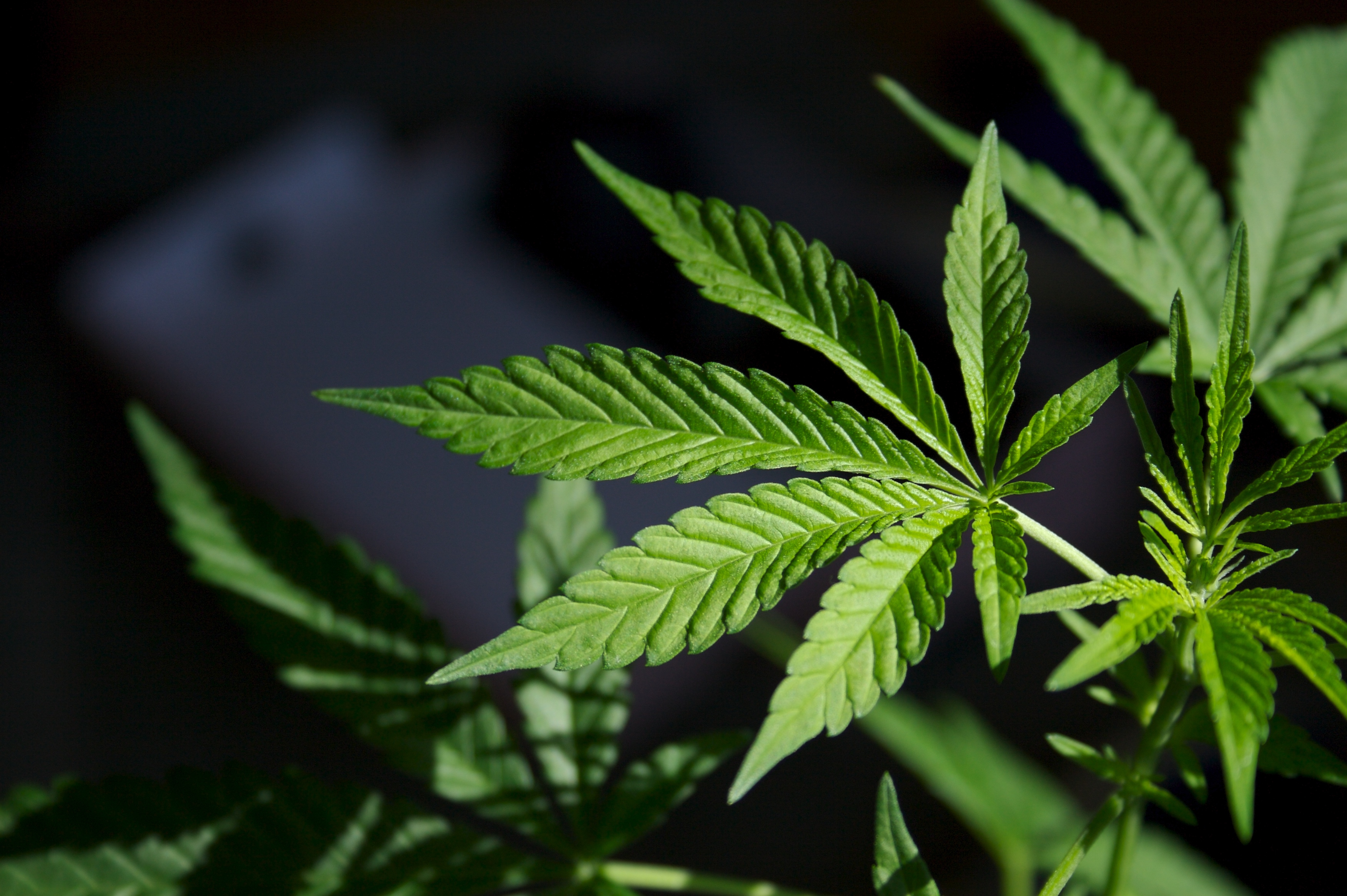“Clothes are one of the most primal ways in which you express yourself,” according to New York designer Dae Lim. “And similarly, smoking cannabis can unlock a lot of creative and intellectual highs.”
Together with his sister Cindy, the 25-year-old has put a contemporary twist on the traditional aesthetics of his birthplace, South Korea. As well as incorporating illustrations influenced by Korean culture, the brand draws on the silhouettes of traditional attire.

Sundae School draws on the silhouettes of the country’s traditional attire. Credit: Sundae School
A loose “durumagi” (a traditional Korean overcoat) is made of denim instead of silk, for instance. And a unisex “jeogori” (the upper garment of a hanbok) comes with a hidden spliff pocket. Other more modern items, including T-shirt and hoodies, carry folklore-inspired design motifs or traditional collars.
The siblings, who were born in Seoul and moved to America in their early teens, launched their brand in New York two years ago.
The label has gained popularity in the US with items featured in publications like Vogue, and their newest collection will be sold by Barneys.
1/15
Inspired by the creative energy associated with both fashion and cannabis, New York-based fashion brand Sundae School makes self-styled “smokewear.” Credit: Sundae School
However, the label’s success has stirred debate back in South Korea, where a huge amount of stigma still surrounds marijuana.
‘When tigers used to smoke’
Far from stereotypical stoners — the duo is high-achieving, and have big ambitions for the brand. Cindy, who handles Sundae School’s operations and public relations, studies entrepreneurial management at the University of Pennsylvania. Dae, the creative force behind the brand, graduated with a mathematics degree from Harvard.
Dae’s designs combine Korean history with the imagery of religion and cannabis culture. One illustration features a portrait of the 15th-century king, Sejong the Great, with a traditional smoking pipe (known as “gombangdae”). Another features a white tiger — of many a Korean legend — surrounded by white clouds.

“The Korean idiom ‘back when tigers used to smoke’ is how every Korean folklore (tale) begins,” explained Cindy. Credit: Sundae School
“The Korean idiom ‘back when tigers used to smoke’ is how every Korean folklore (tale) begins,” explained Cindy, on a phone call. “(It’s) just like ‘once upon a lifetime’ in Western fairy tales.”
The brand played on the Book of Genesis in its first collection — organizing its lookbook into various chapters and featuring quotes like “God made the world high” before he “blessed the seventh day, and called it Sundae.”
‘Yellow stoner revolution’
The Lims’ goals for the brand transcend fashion. In particular, Dae wants to offer visibility to Asian marijuana users.
“As Asians, especially as Asian Americans, there’s no denying that there is a lot of privilege associated with our lives,” he said. “But that being said, our voices are still muted a lot of the time because of the petty notion that we are the model minority — the doctors, lawyers, college-educated or the math-studying.
By defying Asian stereotypes, the siblings hope to begin what they call a “yellow stoner revolution.”
“We are just one part of the larger ‘cannabist’ fabric of America,” Dae said. “We are representing one of the (lifestyles) that stoners can acquire or embody. And breaking that singularity is something that we are most excited about.”
Model Kiko Mizuhara’s guide to model travel
“At the end of the day, there is more than one type of smoker and America is a beautiful example of that,” he said. “It’s a multicultural community of people, and it’s a multicultural community of stoners.
“We want to change the thoughts of those who think that marijuana is just a devil’s drug,” Cindy added. “But also want people to know more about Asian American culture and to notice us as equals, not just in law but also in inclusion and in (the) media.”
Bringing cannabis home
The Ivy League siblings’ struggle for acceptance has also unfolded at home: Dae recalls that his parents were waiting for his grades to drop when they first discovered that he smoking weed.
“They were flabbergasted at first, telling me, ‘Why would you try to (start a business in an industry) that doesn’t exist?” said Dae. “But now they see it in a different light as we are making profit.”

Sundae School
Yet, Dae and Cindy report a small but growing cannabis movement in the country.
“The cannabist culture in Korea is pretty much non-existent,” said Dae. “But with the rise of youth culture and counterculture in Korea — as you can see from the hip-hop movement and underground tattoo scene — there’s more curiosity towards it.”

Pop-up installation “Garden of Mari(juan)a” (2017) in Seoul featured 303 Virgin Mary sculptures. Credit: Sundae School
The siblings are now using that curiosity to take the brand back their birthplace. In an event titled “Sundae High Tea,” they partnered with a Korean green tea company to offer attendees a experience traditional tea ceremonies. Then, last year, they hosted a pop-up “Garden of Mari(juan)a” in Seoul, a collaboration with artist Jiyen Lee. Designed to recreate the experience of a marijuana high, the art installation featured 303 Virgin Mary sculptures turned neon green under black lights.
“Not everyone is going to align with what we are trying to do,” admitted Dae. “But it’s OK if we can at least get these dialogues started, where there is an exchange of opinion. I think that’s what we are achieving here.”











